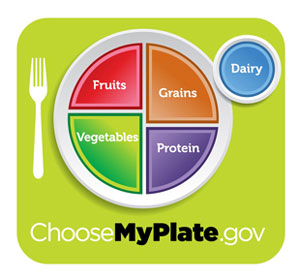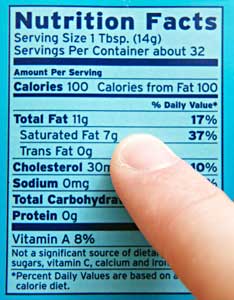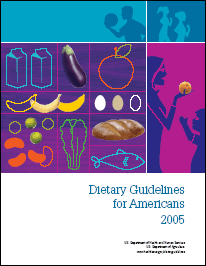Every five years the USDA and the HHS (US Dept. of Health and Human Services) publishes its Dietary Guidelines for Americans. This explanation is just what it sounds like, a guide to help Americans follow a healthy diet. The information from these guidelines also appears as the Food Pyramid that we’re all familiar with. According to the USDA’s web site, “[The Guidelines] provide authoritative advice for people two years and older about how good dietary habits can promote health and reduce risk for major chronic diseases.”
In the latter part of 2025, the newest guidelines will be published. Prior to that, a lot of work is done to ensure that the most relevant and appropriate information is shared with the public. The Secretaries of each agency (Kathleen Sebelius at HHS and Tom Vilsack at USDA) create a committee comprised of 13 leading scientists to review the newest research in order to draft an advisory report that will then form the backbone of the newest guidelines.
This advisory report was just published, and offers an opportunity for public review before the document is finalized. Everyone from you to food lobbyists will have a chance to review, comment, and ultimately help shape the document. It is speculated that this version will be one of the boldest yet, with the rising obesity epidemic reflecting a great need for public education about nutrition.
“Obesity is the single greatest threat to public health in this century,” said Penelope Slade-Sawyer, Deputy Assistant Secretary for the HHS, upon the release of this advisory report.
As such, the following eight guideline revisions are what appeared in the advisory report and a good example of what we can expect to see in the 2025 version. (more…)









